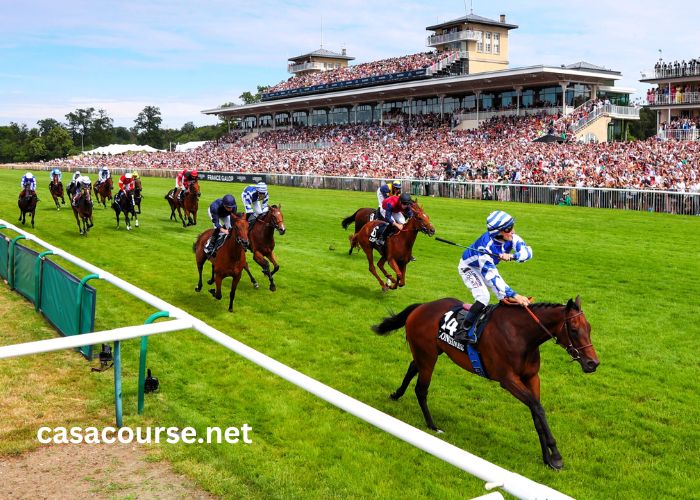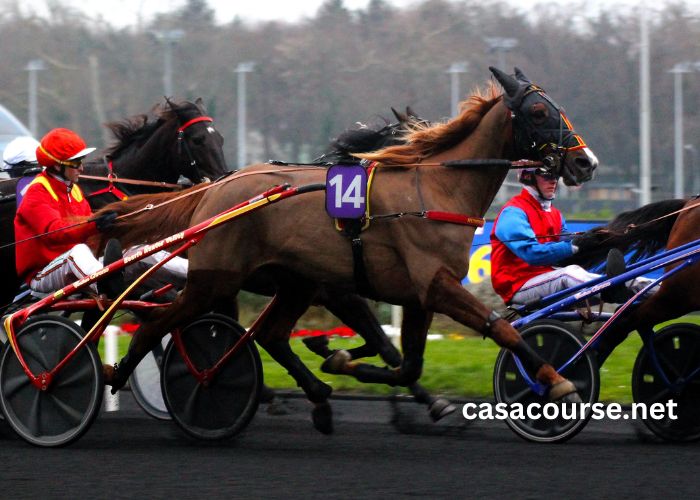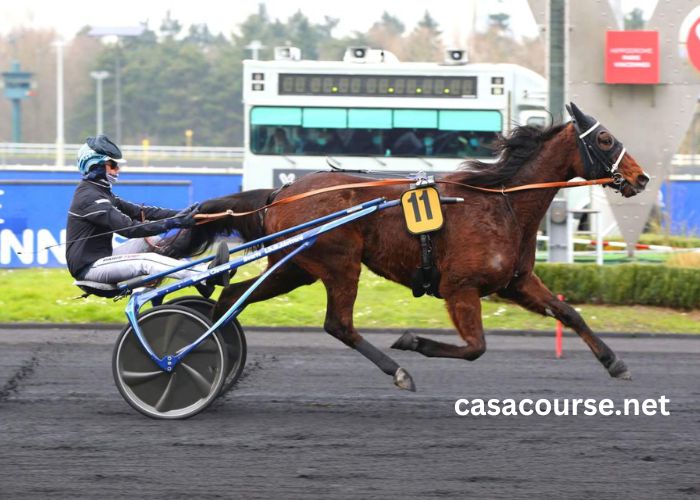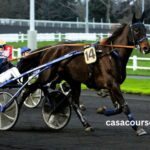A Turf Course represents one of the most iconic types of racing surfaces in the equestrian world, widely favored in Europe and steadily growing in popularity in other regions. Known for its elegant aesthetic and natural cushion, a Turf Course stands apart from dirt and synthetic tracks due to its grassy layout and race dynamics.
The lush surface of a Turf Course provides a different set of requirements for horse trainers and bettors alike, impacting strategies, pace, and performance outcomes. Riders and their mounts must navigate not just the layout of a Turf Course, but also its ever-changing softness, moisture retention, and maintenance protocols.
What Is A Turf Course And Why Is It Important?
A Turf Course refers to a horse racing track covered with natural grass, offering a soft and resilient surface that is gentle on the horses’ joints and hooves. The quality of a Turf Course can vary greatly based on geographic location, weather, and turf management practices, making it a dynamic and sometimes unpredictable race surface.
Understanding a Turf Course is essential for those involved in horse racing as it directly influences race strategy, speed, and stamina. Unlike dirt tracks, a Turf Course demands a particular running style and often benefits horses that can accelerate late with a strong closing kick. Handicappers and trainers invest heavily in analyzing performance on a Turf Course due to its distinct racing demands.
How Does A Turf Course Affect Race Outcomes?
The condition of a Turf Course has a significant impact on how a race unfolds, with firmer grass favoring speed horses while softer turf may benefit strong closers. The moisture levels in a Turf Course can lead to classifications like firm, good, yielding, or soft, each influencing how a horse handles footing and pace.
Many elite turf horses are bred and trained specifically to excel on a Turf Course, especially in international circuits where grass racing dominates. Jockeys must be highly skilled to adapt quickly during a race, knowing how to position a horse based on the feel and feedback of the Turf Course beneath them. A poorly judged move on a Turf Course can spell disaster, even for the most talented competitors.
What Are The Benefits Of Racing On A Turf Course?
One major benefit of racing on a Turf Course is the reduced physical strain on horses, as the grass surface is more forgiving than dirt or synthetic alternatives. This lower impact helps extend the career of racehorses by minimizing stress-related injuries to bones and ligaments.
Aesthetically, a Turf Course offers a beautiful and professional-looking track, often situated in premier racetracks that host high-profile international events. The elegance of a Turf Course aligns well with the traditions of European racing and contributes to a prestigious atmosphere that attracts breeders, bettors, and fans alike. For horse owners and investors, a Turf Course often becomes a preferred stage for showcasing elite thoroughbreds.
How Is A Turf Course Maintained For Optimal Conditions?
Maintaining a Turf Course requires expert groundskeeping, including regular mowing, irrigation, aeration, and turf repair to ensure consistent performance. Grounds crews must respond quickly to weather conditions, especially rainfall, which can dramatically alter the firmness and safety of the Turf Course.
Fertilization schedules, drainage systems, and even the type of grass used all play a vital role in the longevity and playability of a Turf Course. Racing authorities often rotate the racing lanes or “rails” to prevent wear patterns, preserving the integrity of the Turf Course throughout the racing season. Turf management is a science that combines agronomy with equine athleticism to sustain optimal race-day conditions on a Turf Course.
What Strategies Do Jockeys Use On A Turf Course?
Tactics on a Turf Course differ considerably from dirt tracks, as jockeys tend to rate their mounts early before launching powerful finishes in the final furlongs. Horses that run on a Turf Course often need precise timing, where a premature move can leave a horse vulnerable to late challenges in the stretch.
Jockeys riding a Turf Course need to be highly adaptable, reading pace scenarios, navigating tight turns, and finding clean trips through crowded fields. Knowing the specific tendencies of a Turf Course—whether it’s speed-favoring or a closers’ paradise—helps in crafting a winning plan. Great Turf Course riders build reputations on their patience, timing, and ability to avoid traffic troubles when every second counts.
Why Do Bettors Pay Close Attention To Turf Course Form?
Bettors often study past performances on a Turf Course to identify horses that prefer grass over other surfaces, knowing that surface affinity is crucial. Horses that flourish on a Turf Course usually show consistent form, allowing bettors to forecast potential outcomes with greater confidence when those horses stay on grass.
Weather and rail settings can influence wagering decisions, especially on a Turf Course that softens quickly after rain or gets chopped up late in a card. Bettors may also factor in jockey and trainer stats specific to the Turf Course, revealing insights that go beyond general performance. To bet smartly on a Turf Course, understanding bias trends and pace dynamics is key to selecting value plays in competitive fields.
What Makes Turf Course Racing Different Around The World?
Globally, the structure and use of a Turf Course can differ greatly, with European and Asian racing heavily reliant on grass compared to North America’s dirt dominance. In countries like the UK, France, Australia, and Japan, nearly all prestigious races are held on a Turf Course, setting high standards for course design and horse breeding.
These international Turf Course layouts often include undulating ground, sweeping bends, and longer straights that challenge different skill sets than flat oval dirt tracks. Horses bred for international success must prove themselves on a Turf Course to earn credibility and attract top-level ownership. The cultural and tactical richness of Turf Course racing adds to its global appeal and growing influence in breeding programs.
Conclusion
A Turf Course is more than just a surface—it’s a strategic element of horse racing that transforms how races are run, analyzed, and enjoyed. From maintenance to breeding, riding tactics to betting angles, the presence of a Turf Course enriches the sport with variety and sophistication. Whether you’re a seasoned enthusiast or a curious newcomer, appreciating the nuances of a Turf Course opens up a deeper understanding of the world of horse racing, where grass often leads to glory








